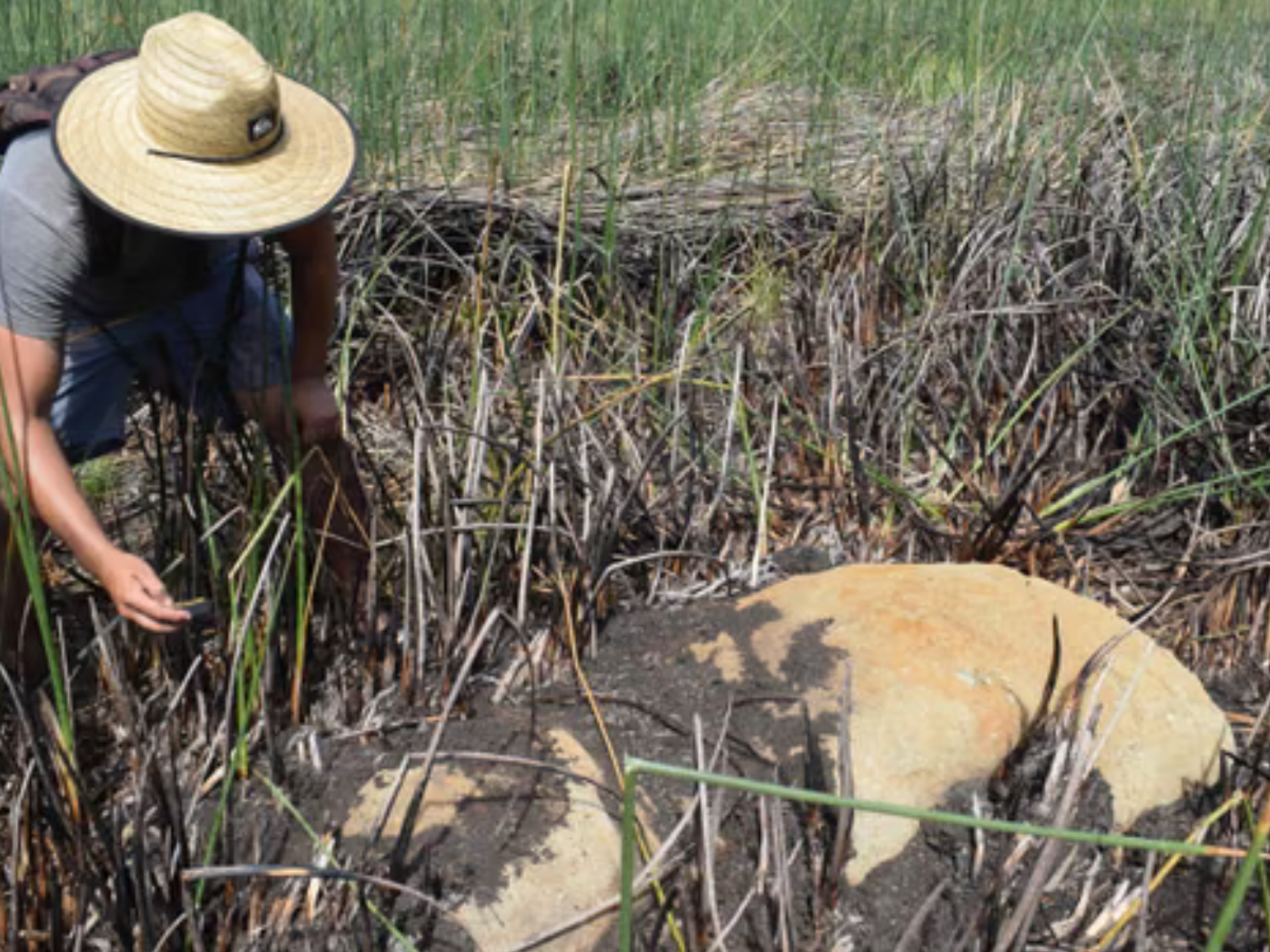Student makes remarkable discovery just 90 minutes into first-ever archaeological dig
GB NEWS
|WATCH: Mind-Blowing Archaeological Discoveries That Bring History Back to Life
Archaeologists believe that the object could have served a religious or ceremonial purpose
Don't Miss
Most Read
A university student has discovered a 9th-century gold piece fewer than two hours in to her debut archaeological dig.
Yara Souza, an international student at Newcastle University, uncovered the object during an excavation in the Redesdale area of Northumberland.
The medieval treasure was uncovered close to the Dere Street route, a major Roman road which ran between York and Edinburgh.
**ARE YOU READING THIS ON OUR APP? DOWNLOAD NOW FOR THE BEST GB NEWS EXPERIENCE**

NEWCASTLE UNIVERSITY/PORTABLE ANTIQUES SCHEME
|Yara Souza, an international student at Newcastle University, uncovered the medieval object during an excavation in the Redesdale area of Northumberland
Souza, a US national, said: "It was amazing to discover something that hadn't been seen for more than a thousand years, I was really geeking out."
Four years ago, metal detectorist Alan Gray uncovered a similar object in the same location in a chance find.
Souza was working with other Newcastle University students and North East Museums archaeologists to investigate the site of Gray's find even further.
The object she found is approximately 1.5 inches in length and boasts a finial, or decorative end, on one side.
In medieval England, gold was a high-status item exclusively worn by the elite.
Experts involved in the excavation believe that the object could have served a religious or ceremonial purpose due to the Dere Street route linking two major religious hubs.
During the Middle Ages, the section of the route between Jedburgh and Edinburgh was often referred to as the Royal Way.
Professor of Roman Archaeology at Newcastle University, James Gerrard, said: "This is an exciting find of exceptional quality.
ARCHAEOLOGY BREAKTHROUGHS - READ LATEST:

NEWCASTLE UNIVERSITY/PORTABLE ANTIQUITIES SCHEME
| The object is approximately 1.5 inches in length and boasts a decorative finial"We know that Dere Street continued to be a major thoroughfare long after the Romans and it's clear from this discovery that high status people were using it.
"It is possible that this pair of objects may have been deliberately buried," Gerrard added.
Souza's discovery could potentially end up on display at the Great North Museum: Hancock after further analysis takes place.
The Portable Antiquities Scheme's finds liaison officer for North East England, Andrew Agate, said that the excavation was "a great example of how metal detectorists and archaeologists can come together to add to our understanding of the past in Northumberland".
The Dere Street route has been a site of interest for archaeologists in the past few decades.
Construction of a garage in the Cliffe area in 1994 exposed a portion of the ancient Roman road, alongside pottery and a tile for the time period.
Raymond Selkirk, a pilot who helped archaeologists take aerial photos before becoming one himself, suggested that the area where the discovery was home to an ancient Roman dam.
Excavations caried out by CFA Archaeology in 2007 revealed that the road was laid by the Romans using a latticework of logs and mats of branchwood.










